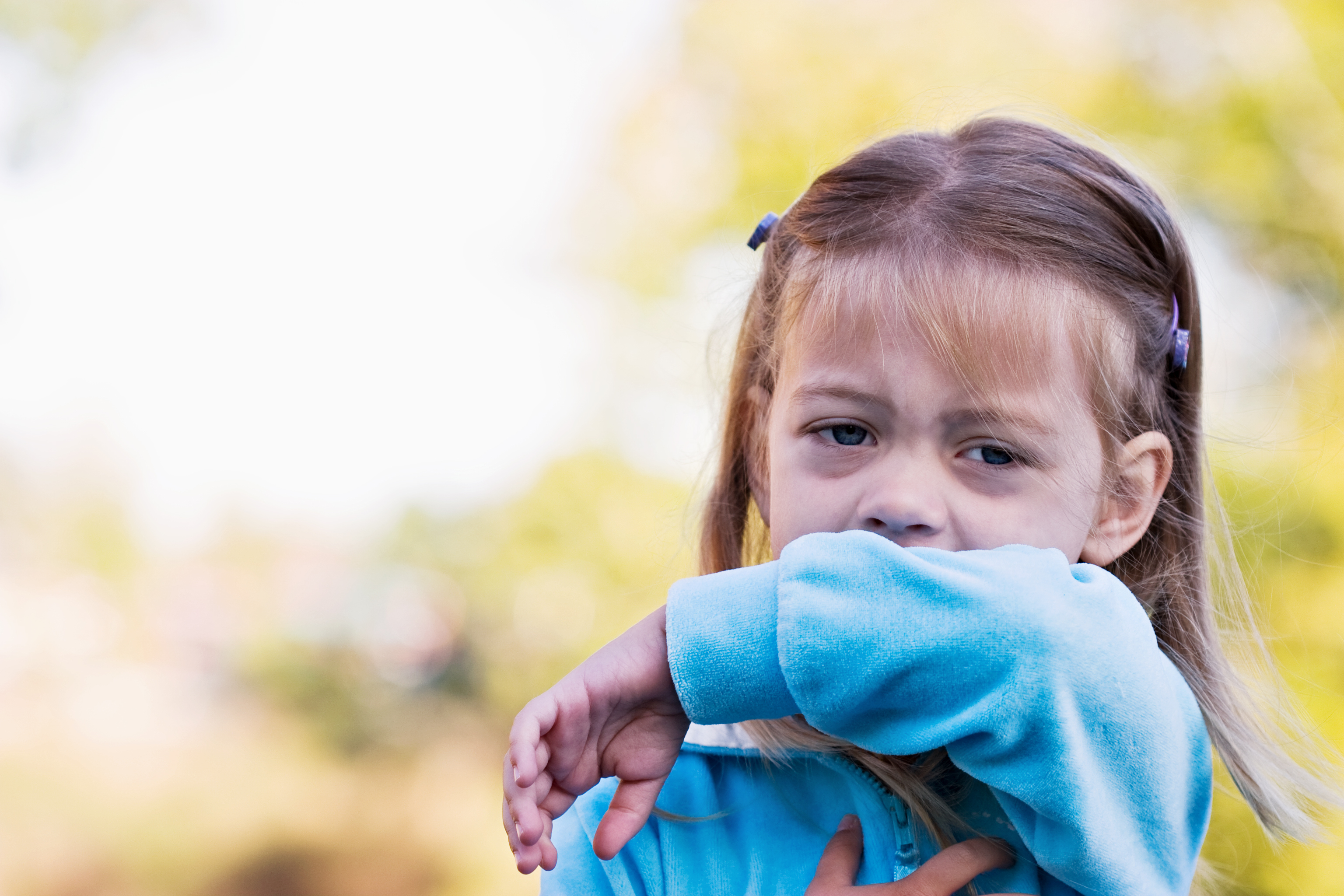Secondhand Smoke: Most Kids with Asthma Exposed

More than half of U.S. children with asthma are exposed to secondhand smoke, even though the substance is particularly harmful for kids with the condition, according to a new report.
Between 2007 and 2010, 54 percent of U.S. children ages 3 to 19 were exposed to secondhand smoke, according to the report from the Centers for Disease Control and Prevention. That percentage has changed little over the last decade, the report said.
But there is some good news: the percentage of U.S. children without asthma exposed to secondhand smoke has decreased over the last 10 years, from 57 percent in 1999, to 44 percent in 2010, the report said.
Exposure to secondhand smoke is known to increase children's risk of developing asthma. Secondhand smoke exposure can also make symptoms worse for those who already have asthma. [See 9 Weirdest Allergies]
For children in this study, the report cannot determine which came first: asthma development, or exposure to secondhand smoke, said study researcher Kenneth Quinto, an epidemiology researcher at the CDC's National Center for Health Statistics.
The researchers analyzed children’s blood samples, looking for cotinine, a breakdown product of nicotine that is used as a marker for secondhand smoke exposure. They could not determine where children were exposed to secondhand smoke (whether it was in the home, or a public place), but studies suggest children are more often exposed to secondhand smoke in the home, Quinto said.
Children with asthma are “an especially vulnerable population that we need to protect going forward,” Quinto said.
Get the world’s most fascinating discoveries delivered straight to your inbox.
Follow Rachael Rettner @RachaelRettner. FollowLiveScience @livescience, Facebook & Google+. Original article on LiveScience.com .

Rachael is a Live Science contributor, and was a former channel editor and senior writer for Live Science between 2010 and 2022. She has a master's degree in journalism from New York University's Science, Health and Environmental Reporting Program. She also holds a B.S. in molecular biology and an M.S. in biology from the University of California, San Diego. Her work has appeared in Scienceline, The Washington Post and Scientific American.


